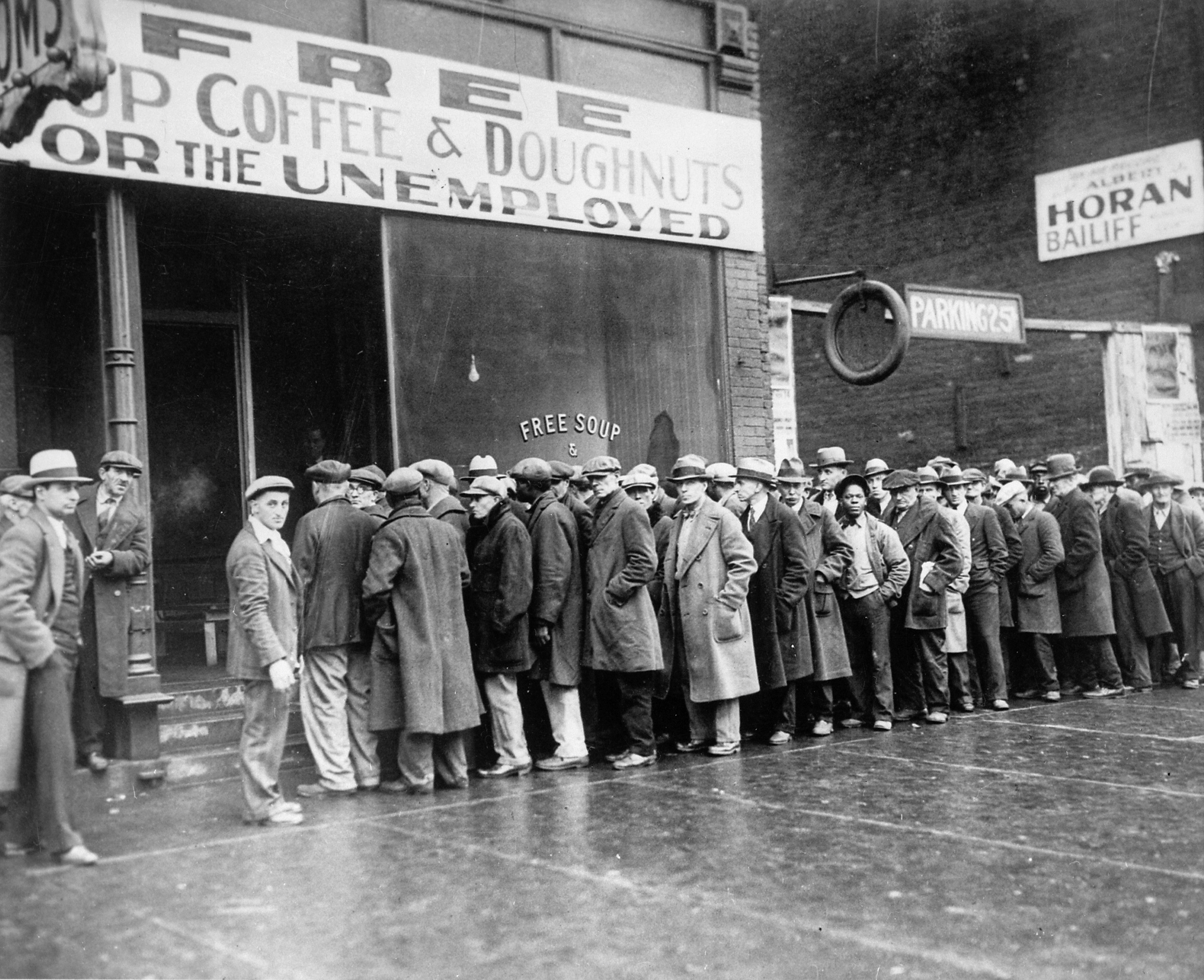 This week, we will examine the cons of increased levels of automation in manufacturing. While the benefits of increasing automation may be fairly evident, the costs of increasing manufacturing are much less evident and more nuanced. While the benefits are largely economic, the costs are primarily social in nature. Many people do not consider them when thinking of the effects of increased manufacturing and improved technology, but I will attempt to explore them in more detail here.
This week, we will examine the cons of increased levels of automation in manufacturing. While the benefits of increasing automation may be fairly evident, the costs of increasing manufacturing are much less evident and more nuanced. While the benefits are largely economic, the costs are primarily social in nature. Many people do not consider them when thinking of the effects of increased manufacturing and improved technology, but I will attempt to explore them in more detail here.

The first (and perhaps the most obvious) cost of automation is the loss of jobs that stems from the usage of more robots. As companies begin to utilize technology that eliminates the need for large quantities of workers, those workers are often let go. Because many factories are located in small towns in the middle of “flyover country”, there are often little opportunities outside of jobs in the manufacturing industry. This means that those who are laid off are largely unable to find work once their jobs are terminated. As a result, many of these workers are unable to provide for their families. They then become reliant on the social safety net, which becomes a large drain on the system as more and more unemployed workers rely on it. With many of the programs already under tremendous financial strain and their sustainability in question, more people utilizing them increases this strain exponentially. This also means that the nuclear family is placed under tremendous stress. In the traditional family, one or both parents worked to provide the family with the things they need. This dynamic helped ensure that parents avoided having children out of wedlock (it was impractical to expect both parents to provide for a child without the bond of marriage), waited to have children until they were in a position to financially support them, and that fathers remained in the picture. By having the state take over the traditional role of the father, it is no longer “necessary” for fathers to remain in the picture- the state will provide what they will not. By removing the father, children lose someone who traditionally helped guide and teach them, and mothers are then force to bear the full cost of parenthood by themselves. The greatest effect of this is on young boys, who lose a father figure and thus become more susceptible to lives of drugs, crime, and violence. This effect is in full display in small towns, where the lack of opportunity talked about earlier help many young men spiral further and further down the wrong path.

A second effect of this loss of jobs is that when people are out of work things like crime and drug use increase. The closing of factories in small towns could be one of the primary reasons the opioid epidemic has become such a massive problem in rural America (excluding, of course, the widespread availability of these drugs). The increase in opioid usage (and subsequent drug-related deaths) has coincided with the closing of many factories. Additionally, when large groups of young men who previously worked in factories find themselves out of work, many turn to lives of crime, similar to those who grow up without fathers. This has a detrimental effect on small towns, who now find themselves racked with levels of crime they had previously thought unheard of. Also, for the younger generations, there is an obvious lack of opportunity in their hometowns, which prompts many of the best and brightest young students to move away in search of opportunities, resulting what has been dubbed a “brain drain”. With the most promising young people leaving rural areas, they are doomed to be left in the dust as the rest of the country develops and advances.
As you can see, the majority of negatives of increased automation are social ones. There are a few economic costs, however. While automation can lead to an increase in corporate profits, there has been no coinciding increase in median wage, meaning that the average worker (whose job is not lost to a machine) has not seen any noticeable wage growth, despite his employer’s increasing profits. Although briefly alluded to earlier, automation can also increase economic inequality as workers get laid off. Those who are no longer capable of making the purchases they could when they were employed are no longer consumers, which hurts business on a macro level. Even though firms are producing more goods by utilizing machinery, they are losing some customers by phasing out their employees through the use of those very machines.
In conclusion, there are a number of costs associated with an increase in automation. While the majority are social costs, some are economic. Given the current Administration’s economic policies, it will be interesting to see what equilibrium can be found for automation and what the future holds for American manufacturing.